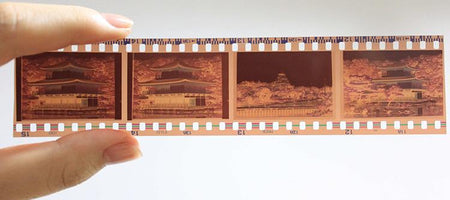The VHS tape was first released in Japan in 1976 and in the following year it made its debut in North America. The new technology revolutionized the entertainment industry and made home-movie-making easy and affordable. For the first time, people could record their favorite TV show programs for later watching. With the invention of the camcorder, families could document important events on VHS and have their memories preserved for years to come.
The VHS tape paved the way for modern day home-entertainment, and it became a huge success very quickly following its release in the late ‘70s.
Once it was clear that the VHS tape was going to be a worldwide sensation, companies everywhere began producing their own brands of VHS tapes to capitalize on its success. There were so many brands in the VHS game - Maxwell, Kodak, JVC, Sony, TDK, etc. But were some brands better than others?
The verdict is unclear when it comes to that question. Lots of VHS enthusiasts have differing opinions about what makes a “great” VHS tape. There are lots of factors to consider - resolution, color retention, magnetic dropouts, and more. Some say that there are little noticeable differences between VHS tape brands while others are devoted fans of certain brands and styles. Many brands created tapes of varying quality levels, and the higher the quality, the higher the price. Some people swore by these more expensive tapes, while others felt that they were not worth the price jump.
The differences between tape brands are debated and there isn’t really a conclusive answer to the question “is there a difference in quality between brands of tapes?”. The good news is that since their doesn’t seem to be any major differences in quality between tape brands, when you digitize your tapes you should get a nice, clean transfer regardless of the brand of tape you used.













